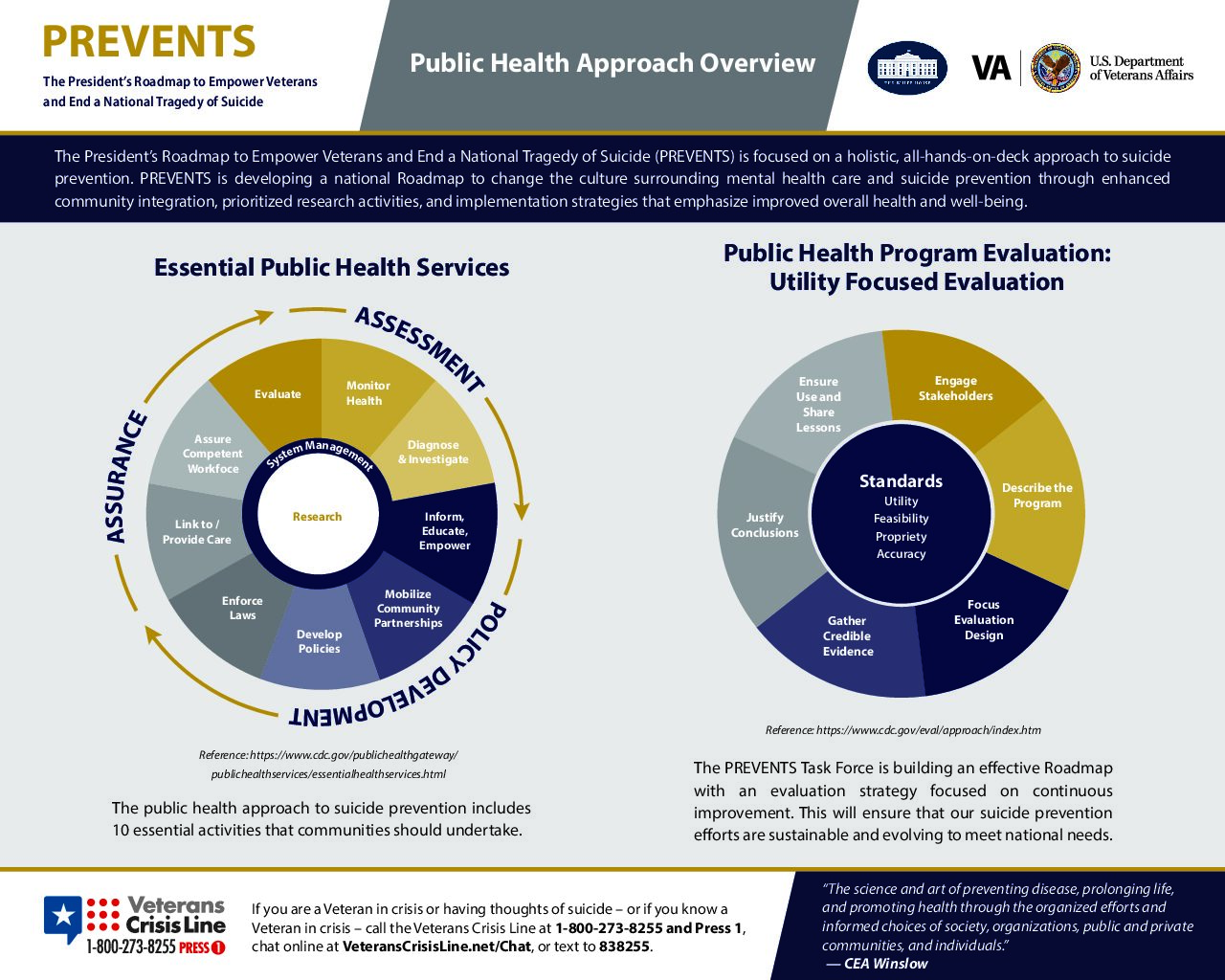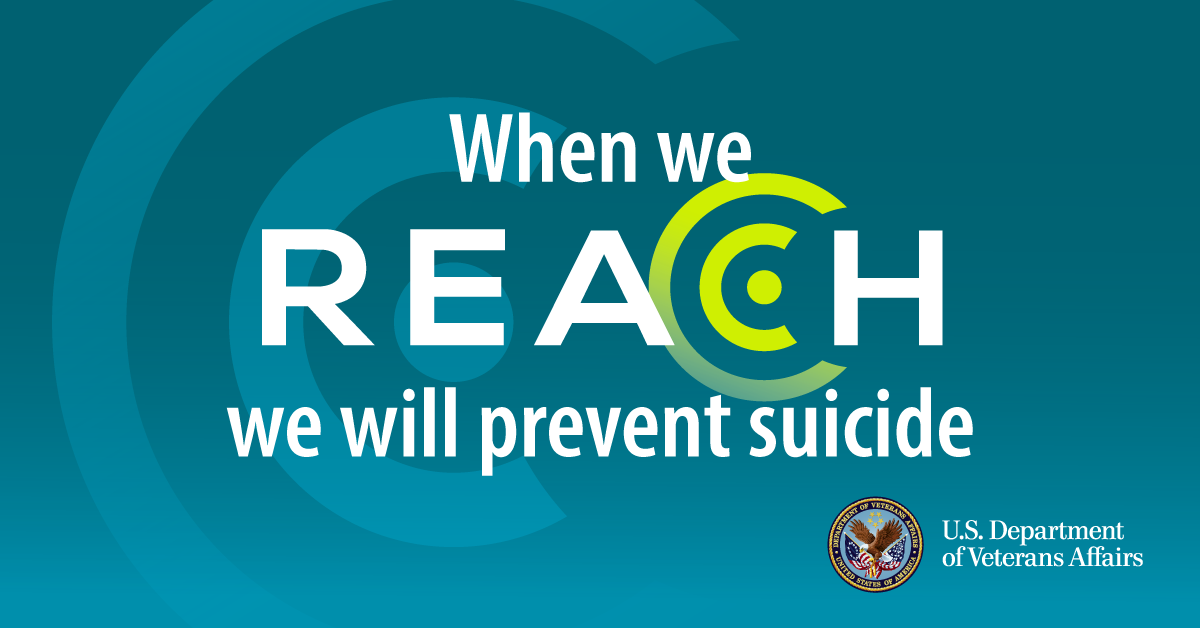
U.S. Department of Veterans Affairs
Services.
- Strategic communications
- Creative development
- Social media
- Events
- Video
- Outreach
- Paid media
- Photography
- Web development
The story.
While suicide impacts all members of society, the unique challenges emanating from a life of service put veterans and service members at an increased risk. Halting the alarming number of deaths by suicide among veterans became a national priority. In 2019, the Department of Veterans Affairs (VA), the White House, and other federal agencies formed an alliance that led to the development of the President’s Roadmap to Empower Veterans and End a National Tragedy of Suicide (PREVENTS). VA recognized the need to change the knowledge, attitudes, and behaviors related to well-being among the general population, as well as veterans and service members. A strategy for communicating information about the availability of health care with difficult-to-reach subpopulations of veterans that had the highest number of suicides was essential. These populations included:
- White, older veterans (the group with the highest net number of suicides).
- Women veterans
- Veterans who live in rural areas.
- Native American and Alaska Native veterans.
- LGBTQ veterans
- Veterans recently transitioned out of military service.
For these groups, it was especially important that information about health care and services was delivered in ways that acknowledged their commitment to mission, while giving them a sense of community. With no time to waste, VA selected DCG to launch REACH, a first-of-its-kind national public health campaign.
Solution.
Leveraging its 10 years of veteran suicide prevention experience and extensive research, DCG developed a comprehensive communications strategy for REACH. Components of this campaign included:
- A multi-faceted media plan comprising paid print, digital, and social media ads.
- Video and audio public service announcements.
- Events
- Partnership outreach
- Branding
- Messaging framework
Demographic and psychographic information determined which messages and topics were delivered to each at-risk audience. Paid media channels included:
- Cable television
- Radio
- Online streaming services
- Paid and sponsored social media
- Google Search
- Google Display
- Digital out-of-home
- Connected TV
- Programmatic video
- YouTube
- YouTube mastheads
- Video game streaming
As part of the paid media campaign, DCG produced seven videos, including two public service announcements, one of which won a Bronze Telly for Social Impact. The custom website REACH.gov, developed by DCG, provided information and resources for visitors following up on all calls to action.
To amplify REACH messaging and facilitate stakeholder support, DCG created toolkits with talking points, sample newsletters, social media posts, and REACH-branded graphics for use across VA, DoD, and other federal and non-federal agencies. In-depth analysis of policies and research data led to the development of papers, Congressional briefing materials, slide decks, talking points, and strategic guidance for Members of Congress and House and Senate Committees, building widespread support for PREVENTS objectives. Within two years, the REACH campaign became one of the largest public efforts undertaken by the federal government.
Impact.
- 43 states and territories, along with over 16,500 online pledges, have committed to help spread awareness of suicide prevention among veterans and their loved ones.
- The REACH public health campaign earned 5.7 billion impressions, 12 million website visits, and 1.2 billion video views from July 2020 to April 2021.









